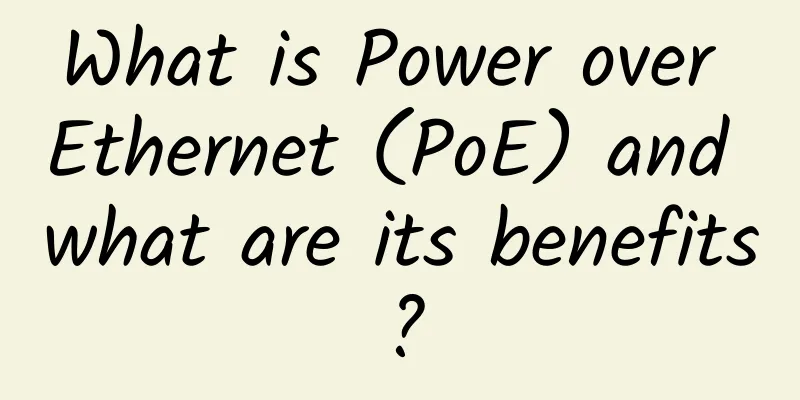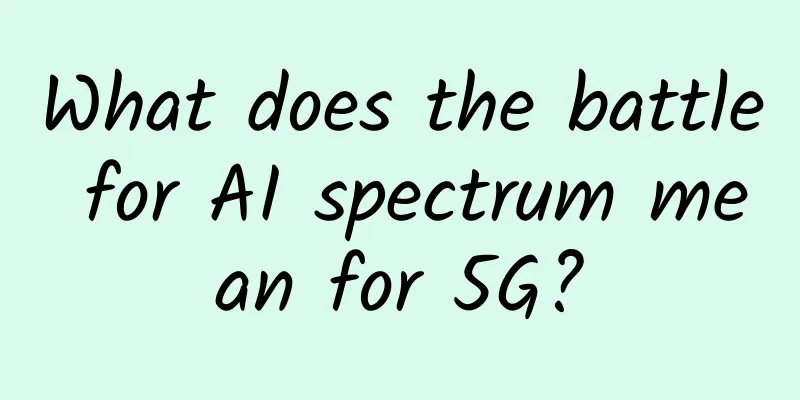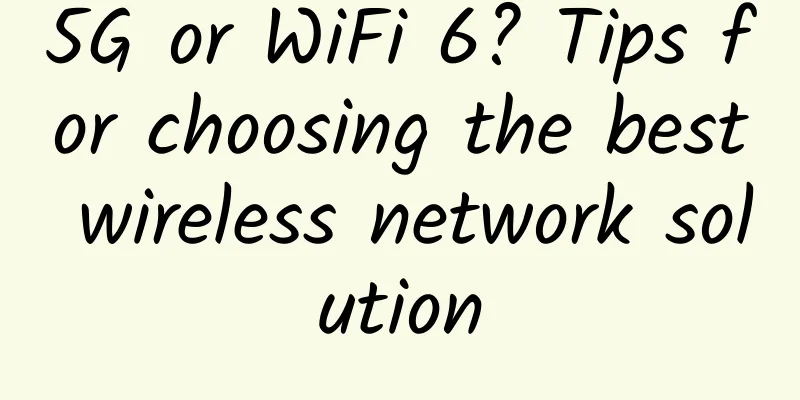What is Power over Ethernet (PoE) and what are its benefits?

|
Read on to learn how PoE works, its benefits, and devices that commonly use PoE. How does PoE work?Most Ethernet cables are manufactured with four pairs of wires, but typically only two of those pairs are used. PoE takes advantage of the spare two pairs and adapts them into conductors to carry power. Ethernet cables marked Category 5 and above are safe to use as PoE cables - the wires in these cables have been bundled separately to carry data and power, with no possibility of interference between them. Advantages of PoEPower over Ethernet brings a range of advantages to any network where it is available. • Reduce installation costs By transmitting both power and data over a single cable, PoE installation costs are lower than traditional cabling costs. Since there is no need to connect to a main power source, PoE allows for outdoor installations without the need to install electrical infrastructure such as power outlets at each endpoint. Additionally, network cables do not require a professional electrician to install. Legacy systems such as telephone systems can also be repurposed through PoE injectors and splitters to add PoE devices without installing new electrical infrastructure. • Safety A single power source (a Cat5e or higher Ethernet cable) instead of multiple adapters and outlets makes installation simpler, with fewer steps and fewer potential hazards. Steady power from a single outlet also means less risk of power outages, potential damage to equipment, and electrical overloads. • Flexibility PoE Plug and Play - Devices can easily adapt to changing environments, and the entire network can add or remove devices without interruption. Since you are not tethered to a power outlet, you have more flexibility in installing devices and have the freedom to place them where they are most needed. • Scalability The flexibility of repurposing legacy systems and not relying on outlets makes installing and distributing new network connections simple and straightforward. In addition, PoE networks can be easily expanded to add more devices in different rooms or locations. • Enhanced data collection capabilities PoE is ideal for data collection. For example, facilities using analytics software can assess whether the areas they manage are occupied and whether HVAC components and LED lighting should be turned on or off. What devices use PoE?As PoE continues to be prioritized as a technology and adopted by manufacturers, the list of devices that use PoE is expanding. Currently, its three main applications are:
The Future of PoE TechnologyAs PoE technology continues to evolve, steps are being taken to upgrade its supporting infrastructure. The latest PoE standard supports 100 watts of power (enough to power an average laptop, but not enough to power a full desktop system). The Ethernet Alliance has also launched a certification program for PoE devices that meet the standard with the "EA Certified 2.0" logo. |
<<: Wi-Fi HaLow and the Evolution of the Smart Home
>>: The Evolution of Ethernet: From 10BASE-T to 40GBASE-T and Beyond
Recommend
iONcloud adds new bare metal server, $78/month - E3-1230v2/16GB memory/1TB SSD hard drive
Krypt's iONcloud cloud platform has recently ...
Ruijie Networks attended the Digital China Summit and attracted attention with its unique all-optical network
On April 25, the 4th Digital China Summit was gra...
More than 560,000 South Korean 5G users return to 4G: dissatisfied with 5G speed and poor signal coverage
Recently, more than 560,000 5G users in South Kor...
DediPath: Memorial Day promotion 1Gbps unlimited traffic server from $31.95/month, VPS hosting from $1.75/month
DediPath has launched a Memorial Day promotion, o...
The three major operators unveiled their latest 5G strategies
As the global 5G latest version standard is locke...
"e-Enterprise Networking, Setting Sail for a Long Journey", China Mobile's new e-Enterprise Networking product is officially released
On January 16, China Mobile and Huawei successful...
Only speed can keep you going! Explain the main features and advantages of Wi-Fi 6
The Wi-Fi industry is currently developing rapidl...
IonSwitch: $1.75/month KVM-1GB/10G SSD/1TB/Idaho
IonSwitch is a foreign VPS hosting company establ...
Hawking: Automation and artificial intelligence could replace 77% of jobs in China
[51CTO.com original article] World-renowned physi...
StarryDNS Spring Promotion: $5/month-2GB/20GB/1TB@150Mbps/Tokyo/Osaka Data Center, Japan
StarryDNS is a hosting company registered in Hong...
[Black Friday] RackNerd: 9 data centers in San Jose/Seattle, KVM architecture, starting at $8.89 per year
RackNerd is a foreign VPS hosting company founded...
Focusing on intelligent network connectivity and IoT innovation, H3C made a stunning appearance at the 2019 World Internet of Things Expo
[51CTO.com original article] On September 7, the ...
DesiVPS: $3/month-2GB/20G SSD/2.5TB/San Jose & Netherlands Data Center
DesiVPS is an Indian VPS hosting provider headqua...
From MPLS to the Internet: Enterprise Network Optimization in the New Era of WAN
There is no doubt that WANs look different than t...
Which of the three major operators has the first chance in 5G research and development? How will life be disrupted?
[[177286]] It is reported that my country will la...









